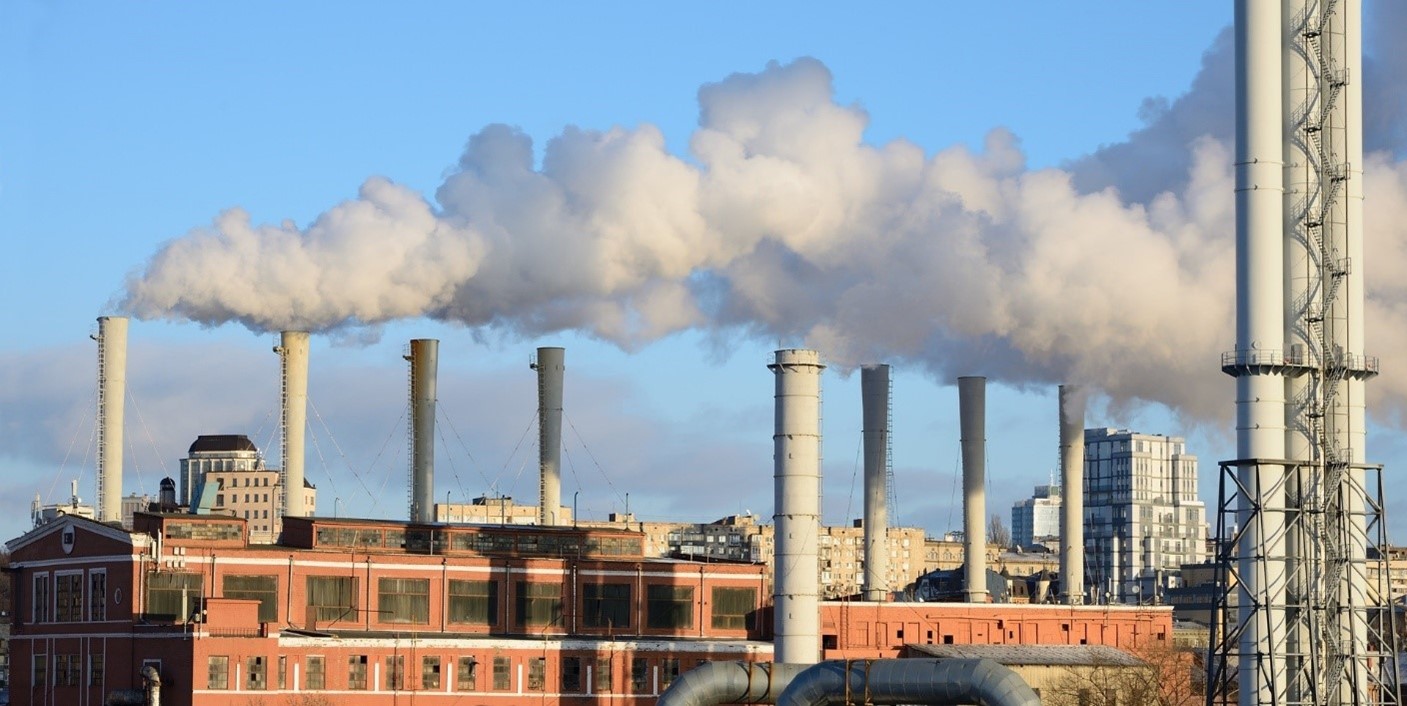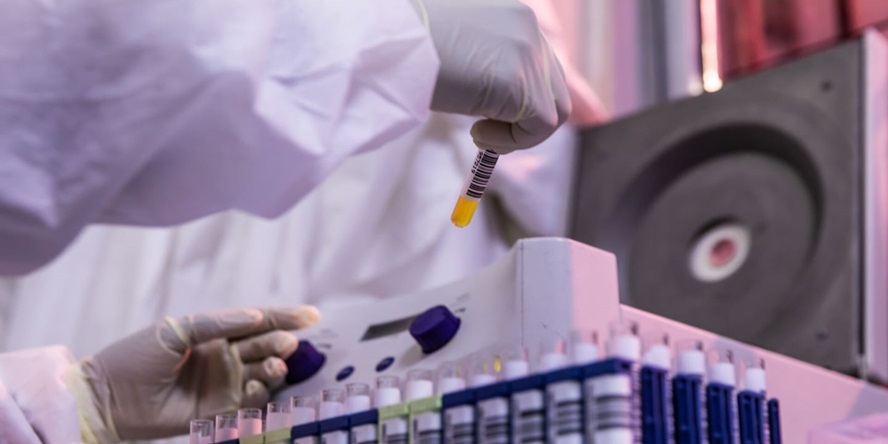Turning Up the Heat
Heat pumps extract latent heat from the ground, air, water reservoirs, or waste heat; concentrate the heat with compressors to make it usable; and then deliver it as heated air to buildings and dwellings. Since heat pumps do not create heat, but merely concentrate and transport it, they can operate at efficiencies of over 400% (i.e., 1 kWh of input can provide 4 kWh of usable heat output). This is compared to modern, efficient coal or natural gas boilers that are designed for a maximum efficiency of around 95%, with legacy boilers regularly achieving efficiencies in the 70-80% range or lower. The benefits of advanced heat pumps have been demonstrated in numerous city district heating systems throughout Europe. Prominent examples are Berlin, Stuttgart, and Mannheim, Germany; Gothenburg, Sweden; Esbjerg, Denmark; and Cornwall, UK.
Implementing a district heating heat pump system requires tailoring the system to the circumstances of each city – demand peaks, available sources of heat and waste heat, district heating utility plants size and location, and distribution system layout. All these factors impact how district heating heat pump systems are designed. Hybrid district heating plants with new efficient boilers fueled by natural gas or alternative zero- or low-emission fuels can be designed with boilers being used as “peakers” for the system. This will increase overall reliability, resiliency, and energy security.
Given these significant efficiency improvements and the high cost of conventional fuels today, competitively priced heat pump installations can be quite economic, with investible rates of return. There is great interest among international finance institutions and development finance institutions in this sort of asset-based, renewable energy financing.
Many of the solutions discussed above have been initiated by Chemonics on the USAID-funded Serbia Better Energy Activity, which focused on heating for multi-family apartments and municipal buildings, including new large heat pumps. In Niš, Serbia, the utility company Gradska Toplana J.P. Niš supplies heat to about 60,000 people, including public facilities such as University Clinic Center (UCC) and Sports Center Čair (SCC). Historically, the boiler at UCC was the largest source of pollution in the city, due to the use of heavy fuel oil. With this in mind, the Serbia Better Energy team conducted a prefeasibility analysis which confirmed the financial and environmental benefits of a trigeneration project. This type of project allows for a system that generates electricity, heat, and cooling simultaneously from a single energy source. In this instance, it includes two gas engines of 1.15 MW in the UCC boiler house, two heat pumps of 1 MWth each in the mechanical rooms of UCC and SCC, and the balance of plant equipment making up the supporting systems and components that help a power plant run efficiently. The investment of $7.8 million produces simple payback of 5-7 years and an internal rate of return of 12-14% through savings in gas and revenues from sale of electricity, heating, and cooling.
In Ukraine, the collectivist approach to governance from decades of Soviet influence led to today’s uneconomic and inefficient district heating sector. This sector, vital to the well-being of nearly all urban residents of the country, is still dominated by massive and outdated fossil-fuel-fired steam or hot water boilers. Heat is delivered through poorly maintained distribution systems to individual users who are sometimes not even metered, and have no means of controlling their use. Consequently, district heating is the single greatest source of inefficiency in Ukraine’s energy system, and only a few of the 256 district heating companies throughout the country are able to recover their operating costs. The Russian invasion has exacerbated this situation. Rocket and drone attacks have targeted district heating generation plants, distribution systems, and user sites like apartment buildings. The fuel delivery systems – coal, fuel oil, and natural gas – have been similarly targeted. In the face of these devastating challenges, now is the time to transform the district heating sector to the benefit of the entire country and its emerging diverse energy sector.
In addition, transitioning the existing district heating systems to using heat pumps would greatly reduce district heating boilers’ emissions, a major contributor to urban air pollution in Ukraine. These emissions can be eliminated when the heat pumps are powered by pollution-free electricity, like wind, solar, nuclear, biofuels, or hydro. Heat pumps also retain their economics and efficiencies whether distributed or co-located. This is particularly important in conflict situations, such as that in Ukraine, where decentralization of heat production greatly increases energy security.
Empowering Heat Consumers
The value of building-level efficiency improvements can rival the value of improvements in heat production from new technology. However, to effectively reduce the demand for district heating, appropriate regulations and tariff schedules are needed to incentivize consumers to move toward the more efficient use of energy. Billing on the true cost of delivering heat to customers creates incentives for better energy efficiency. This should lead to the elimination of all but hardship subsidies. As regulations and tariffs are updated, however, heat consumers need to be better educated on how they consume and what the real costs are. Special billing programs like pre-pay may assist here, too.
Energy efficiency education and implementation programs that identify and incentivize cost-effective improvement projects for consumers will also be very valuable. These can range from simple weather stripping to smart HVAC controls. When properly prepared and justified, these projects may be financeable by local commercial banks, perhaps guaranteed by international finance institutions.
The Way Forward
The people of Ukraine have faced immense challenges since February 2022, and their critical infrastructure has not been spared. However, by aligning market forces, humanitarian aid, and appropriate regulations and tariffs an opportunity exists for them to follow the lead of Serbia, and work towards transforming from Soviet-style district heating systems to modern, efficient, sustainable, equitable, and resilient heat pump-first solutions.
This post was adapted from a blog written by Rick Whitaker and Jim Lyon PE.




